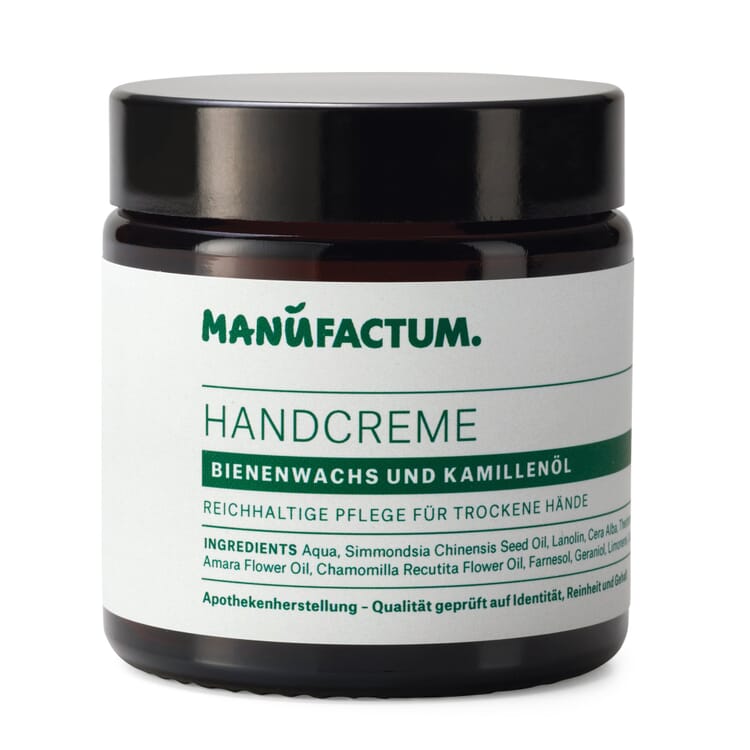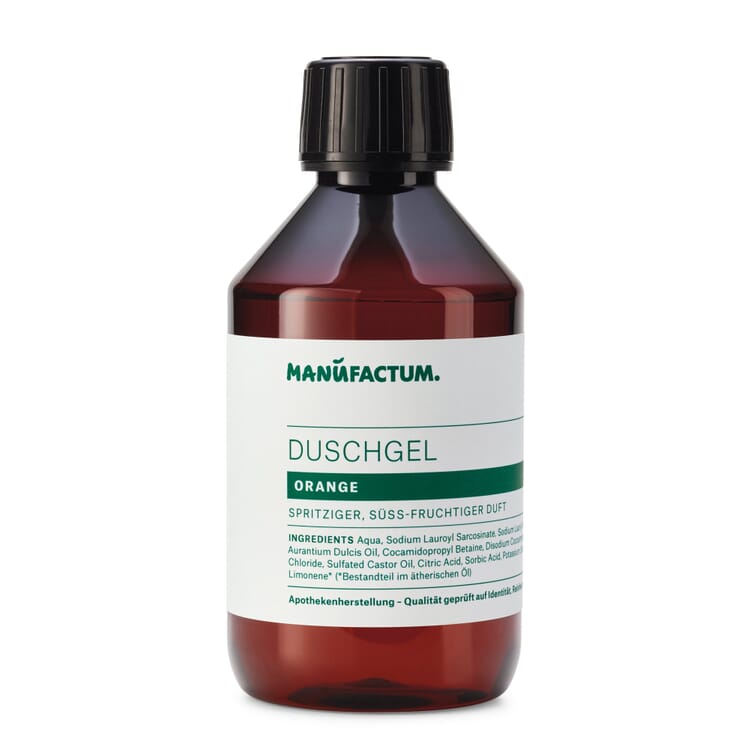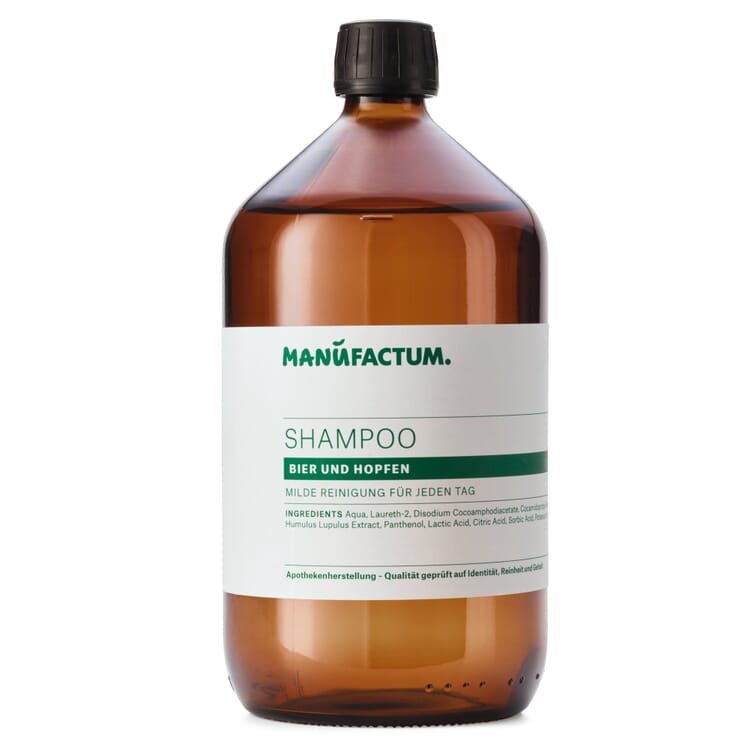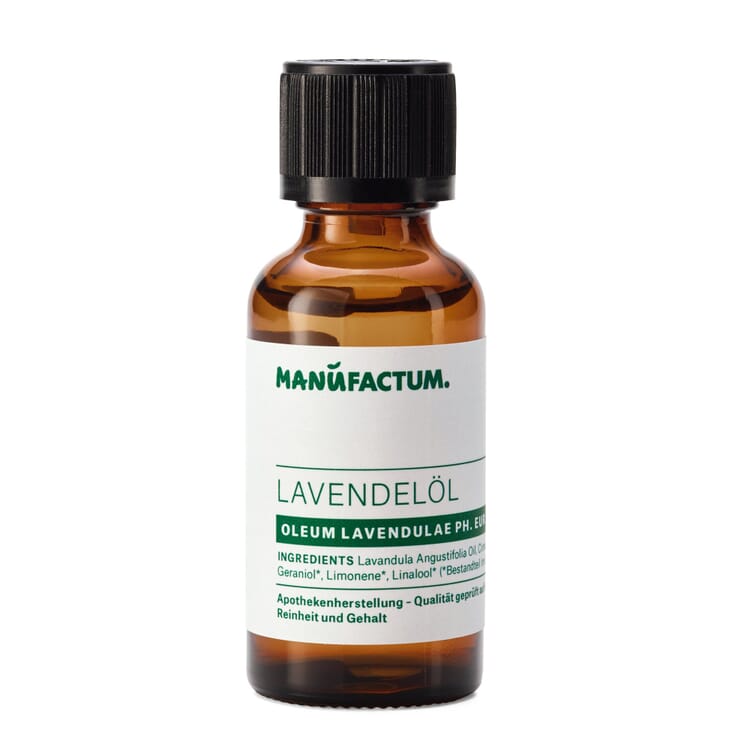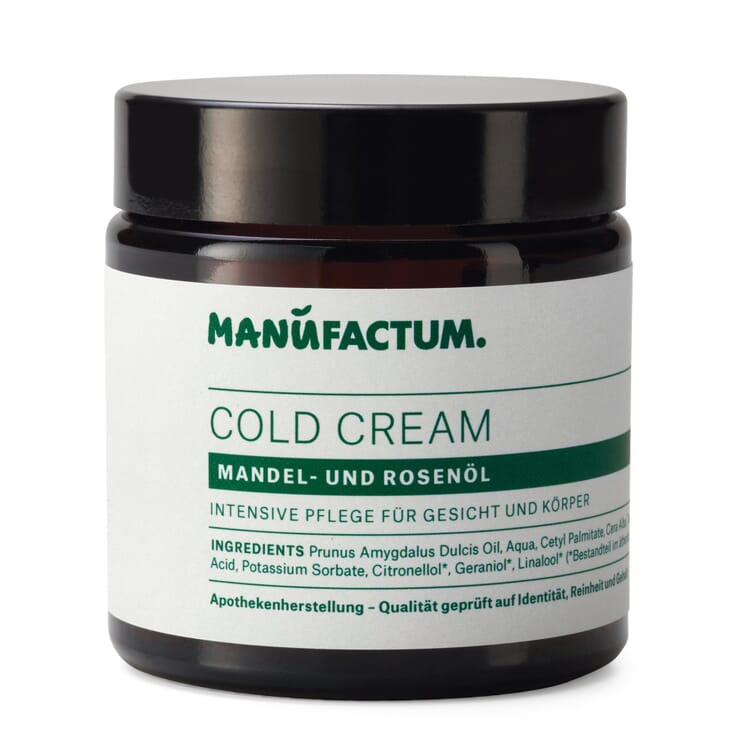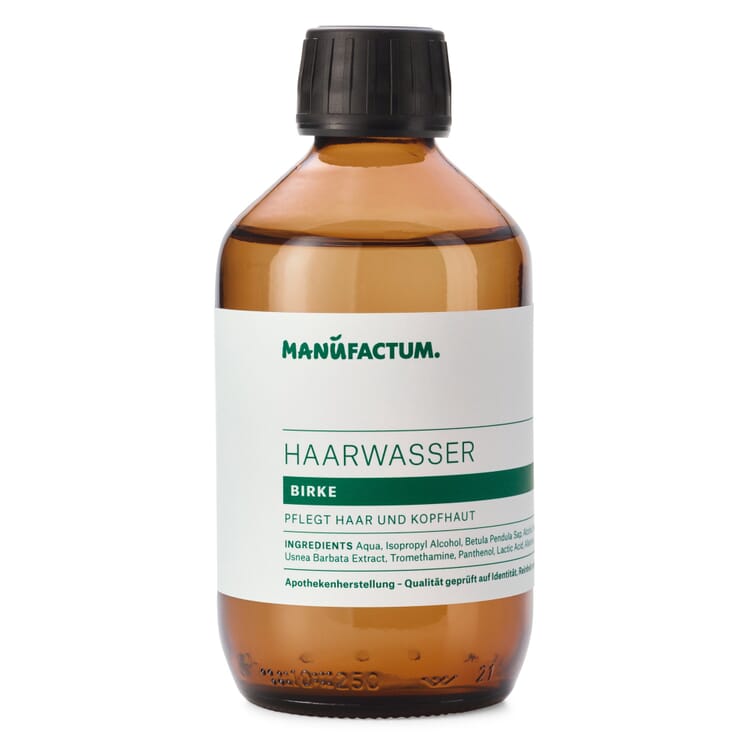- Aloe vera
- Apricot
- Argan tree
- Arnica
- Avocado
- Bay rum tree
- Bergamot orange
- Birch
- Carnauba Palm
- German Chamomile
- Bay laurel
- Common Sage
- Eucalyptus
- Fennel
- Norway spruce
- Clove tree
- Common Nettle
- Hops
- Magnolia
- Iceland moss
- Jojoba
- Coffee tree
- Cacao tree
- Camphor tree
- Shea tree
- Mountain pine
- Lavender
- Macadamia
- Almond Tree
- Lemon balm
- Myrrh
- Olive tree
- Orange tree
- Peppermint
- Calendula
- Rose
- Horse chestnut
- Soybean
- Tea tree
- Black cohosh
- Witch hazel
- Rowanberry
- Castor oil plant
- Lemon
Medicinal plants A|B|C
Orange tree (Citrus sinensis)

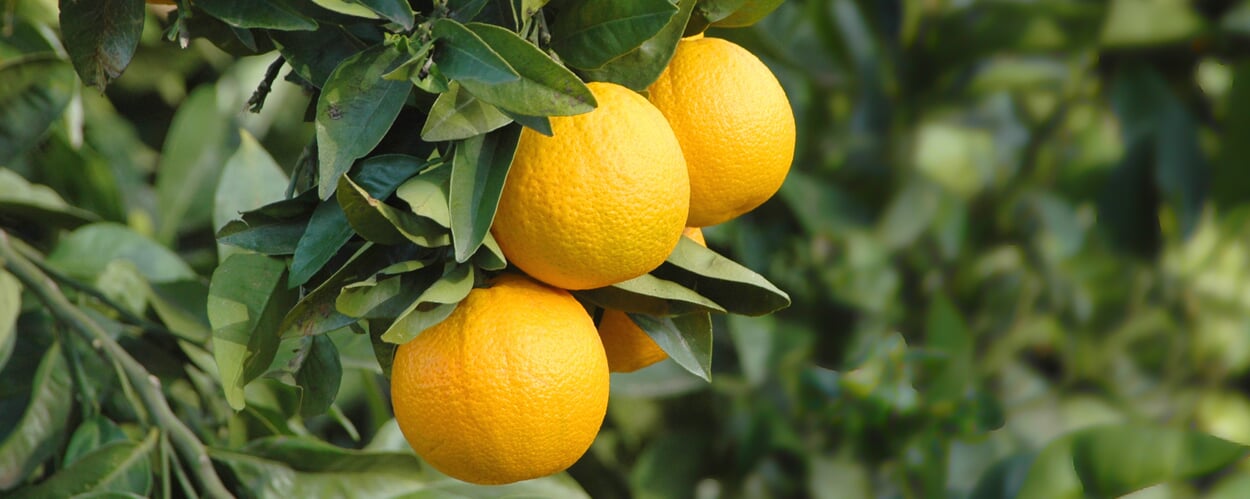
The evergreen orange trees grow up to 10 meters high with a short trunk and compact crown. They produce flowers and fruits at the same time - the combination of the dark green foliage, the small white flowers, which are fragrant for a long way, and the bright orange fruits is particularly attractive. The green fruits turn vivid orange only when night temperatures drop below 17 °C.
Origin and cultivation.
The name orange, commonly used in northern Germany, indicates the origin of the orange: it means "apple from China". There it probably originated from a cross between grapefruit and tangerine. Around 1500, the Portuguese brought the sweet oranges from the Orient for the first time. Today it is grown worldwide in countries with subtropical climates; because it does not tolerate drought, a good water supply is crucial. The main producers are Brazil, California, Florida and China; in Europe, Spain and Italy are the leaders. The bulk of the harvest is processed into orange juice.
Ingredients.
During juice production, orange peels accumulate in large quantities. The essential oil is cold-pressed from them and purified by subsequent distillation. With over 15,000 tons per year, the thin-bodied and yellow-orange orange oil is by far the most common essential oil. It is used as an additive to cosmetic products and for flavoring foodstuffs. It lends a pleasant fragrance to cleaning agents, where its fat-dissolving properties also come into play. Orange oil consists of over 90 percent limonene, which is responsible for the orange scent and also has an insecticidal effect.
Orange products
Use of the orange oil.

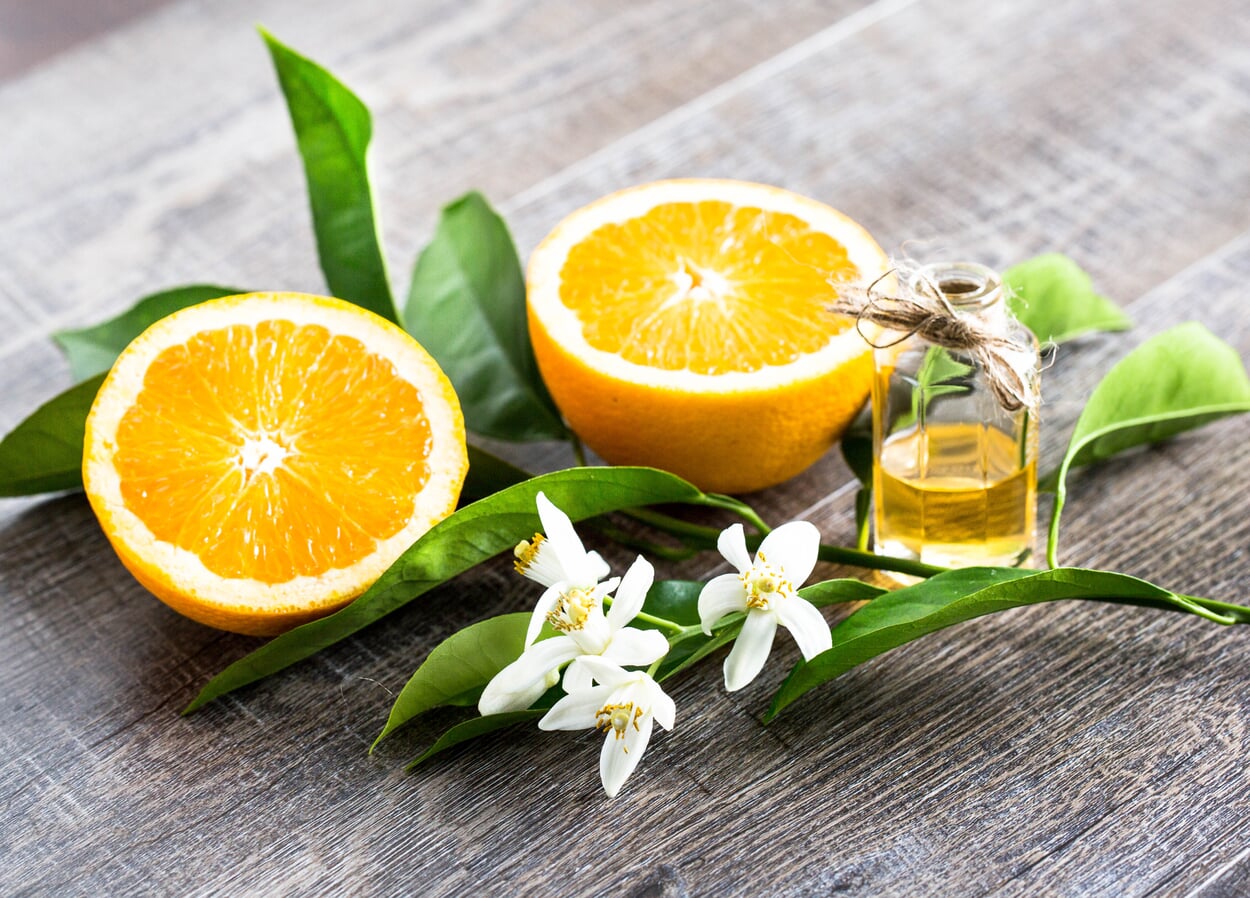
- The scent of orange oil is perceived by many people as very pleasant; some swear by its mood-lifting effect. Therefore, it is also used in perfumery, for example, it is a component of cologne (eau de cologne)
- Orange oil has a mild anti-inflammatory and disinfectant effect.
- Because orange oil has a strong degreasing effect, it must never be applied undiluted to the skin (and also not used internally). As a bath additive, it should be used extremely sparingly by people with sensitive skin.
- Orange oil is produced in enormous quantities. Orange blossom oil, also called neroli, on the other hand, is much rarer. It is not obtained from blossoms of oranges, but from bitter orange blossoms
- Orange oils oxidize easily and then increasingly show a skin-irritating and photosensitizing effect. After one year at the latest, the contents of opened bottles should only be used as an additive for cleaning water.
Exclusive Manufactum body care products
Recommended Topics

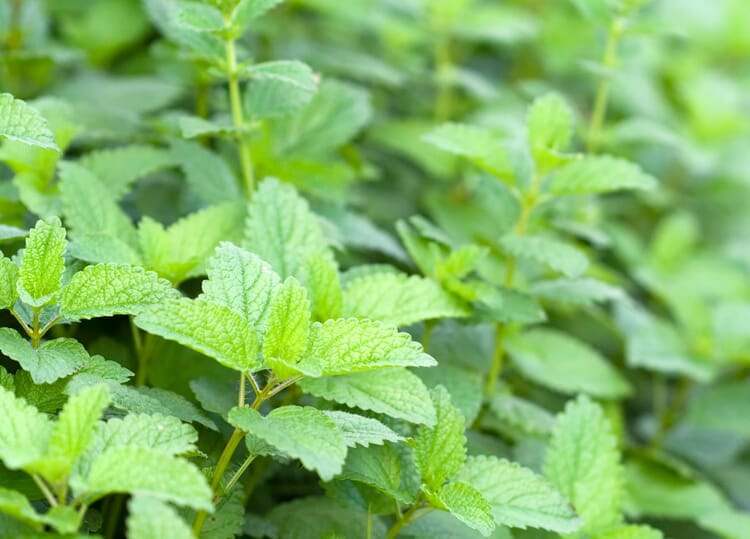
The citrus-scented lemon balm shrub grows up to 80 centimeters high and 30 years old. Once the lemon balm has found a sunny, wind-protected spot in the garden, it reliably sprouts again and again and forms small white lipped flowers from June to August. Its name is well chosen, because Melissa is "honey bee" in Greek; in ancient times the plant was cultivated as a pasture for bees, and today's beekeepers prevent their bee colonies from swarming by rubbing the hive with lemon balm leaves.
View more

The gnarled and with pointed thorns provided myrrh belongs to the balsam family and grows in shrub or tree form. It grows only a few meters high and is well adapted to the dry scrubland of its homeland: Its leaves are very small and appear just before the beginning of the rainy season, together with the pendulous flower panicles. The smooth and thin bark is cracked and flakes off in small shreds.
View more
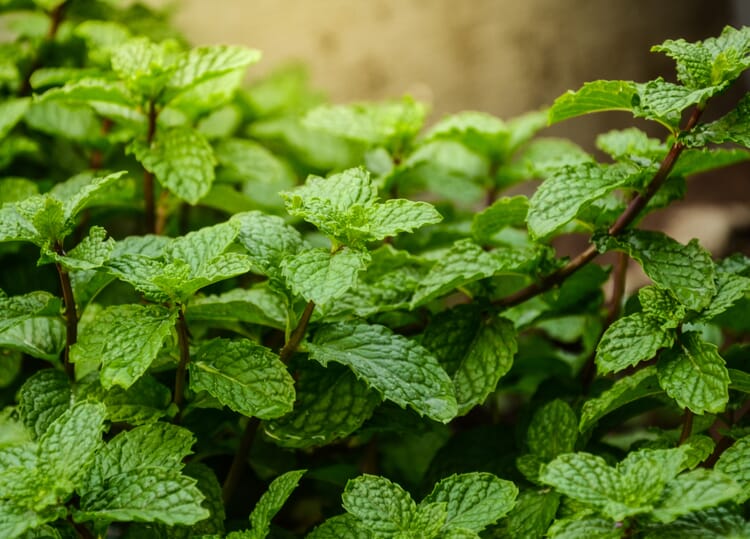
The mints (Mentha) are a genus of plants from the Lamiaceae family. Most of the approximately 20 to over 30 species, depending on the source, are native to the temperate regions of the northern hemisphere; only a few species occur in the southern hemisphere (Australia and Africa). All mint species mostly thrive in moist locations.
View more




